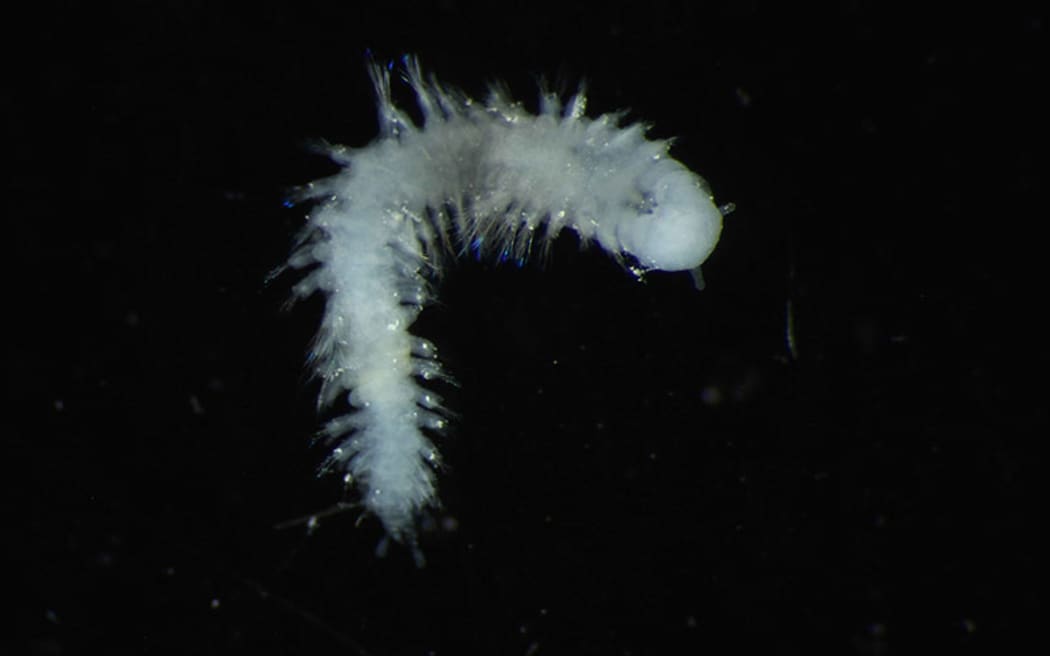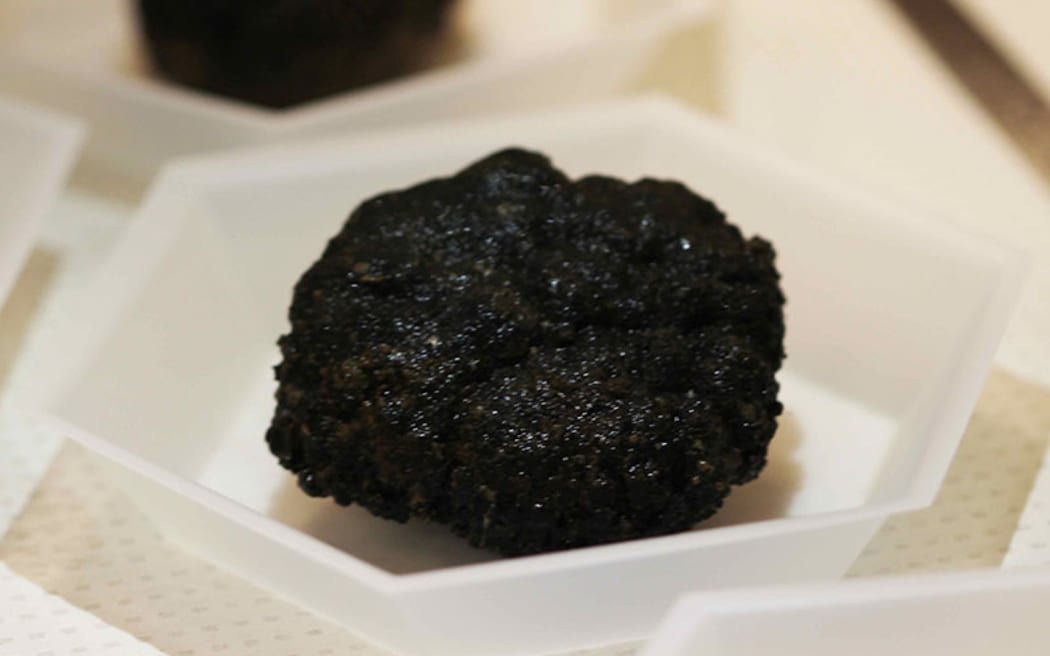Scientists discover dozens of new species in Pacific
Wednesday 10 August 2022 | Written by RNZ | Published in Pacific Islands, Regional

Gummy squirrel (“Psychropotes longicauda”) at 5100 m depth on abyssal sediments in the western CCZ. This animal is ~60 cm long (including tail), with red feeding palps (or “lips”) visibly extended from its anterior end (right). Photo: NOAA Office of Ocean Exploration
Thirty new marine species have been discovered by an English and Hawaiian scientific expedition in the Clarion-Clipperton Zone in the Pacific.
Gummy squirrel (“Psychropotes longicauda”) at 5100 m depth on abyssal sediments in the western CCZ. This animal is ~60 cm long (including tail), with red feeding palps (or “lips”) visibly extended from its anterior end (right). Photo: NOAA Office of Ocean Exploration
The zone is a geological submarine fracture measuring 7240km covering 5 million square kilometres between Mexico and Hawaii. Within the zone is the uninhabited Clipperton Island which is part of France.
The Natural History Museum in London reports the expedition, named the DeepCCZ, found a range of extremely rare micro-fauna from starfish to sea cucumbers living on the seabed.
Scientists picked up 55 specimens, among them 48 different species.
The species were discovered using a remotely operated vehicle.
Leader of the museum's deep sea research group Adrian Glover told the Natural History Museum there was high chance the megafauna was much more diverse.
"However, we have never really had much information on the larger animals we call megafauna as so few samples have been collected.
"This study is the first to suggest that diversity may be high in these groups as well."

The objective of the mission was to understand the effects of deep sea mining on the Clarion-Clipperton zone's ecosystem.
The Clarion-Clipperton zone is rich in minerals such as cobalt, nickel, magnesium and copper which are found in manganese nodules.
It is administered by the International Seabed Authority and divided into 16 deep sea mining claims.
Nodules are mineral concretion on the bottom of the sea formed from concentric layers of iron.
They can vary in size from tiny particles to the size of a potato lump drawing high economic interests to seabed mining companies.
These metals are thought to be more common in seabeds areas than on land.

Challenges in determining the new species
The lead author on a new study revealing this previously unknown diversity, Guadalupe Bribiesca-Contreras, told the Natural History Museum there were many challenges while identifying the new species.
"We thought that some of the species we found were cosmopolitan, living across large areas of the ocean, but by looking more closely at their DNA we found that they are different species, possibly restricted to smaller habitats.
"There are probably not yet enough samples to understand the variation within them fully.
"Older deep sea specimens are often damaged, as they were collected by less gentle methods such as trawling," Bribiesca-Contreras said.
"For instance, brittle stars have delicate arms which are often snapped, such as those collected on the Challenger expedition.
"This is a problem because these individuals are often used as type specimens. If characteristics are missing when comparing two similar animals, it's difficult to tell whether this is because they were lost during collection or because they are a different species.
"Many older specimens were also put straight into formalin preservative, which makes it difficult to extract DNA."
The museum's deep sea research team hopes to overcome some of these difficulties by comparing these specimens to megafauna collected in a recent voyage, with broader-scale imagery surveys.
The team also hope to build a picture of the deep sea to inform important decisions which will affect the path of the green revolution.
They intend to continue building up a picture of the deep sea to inform important decisions which will affect the path of the green revolution.














































